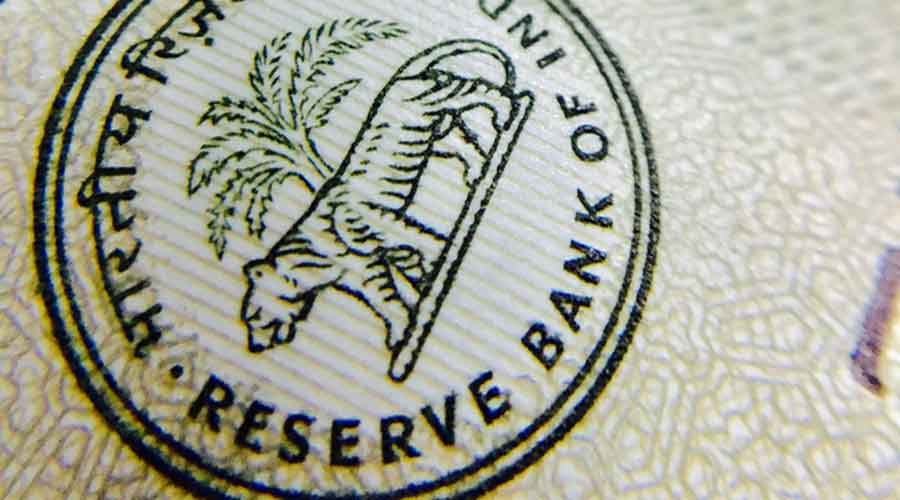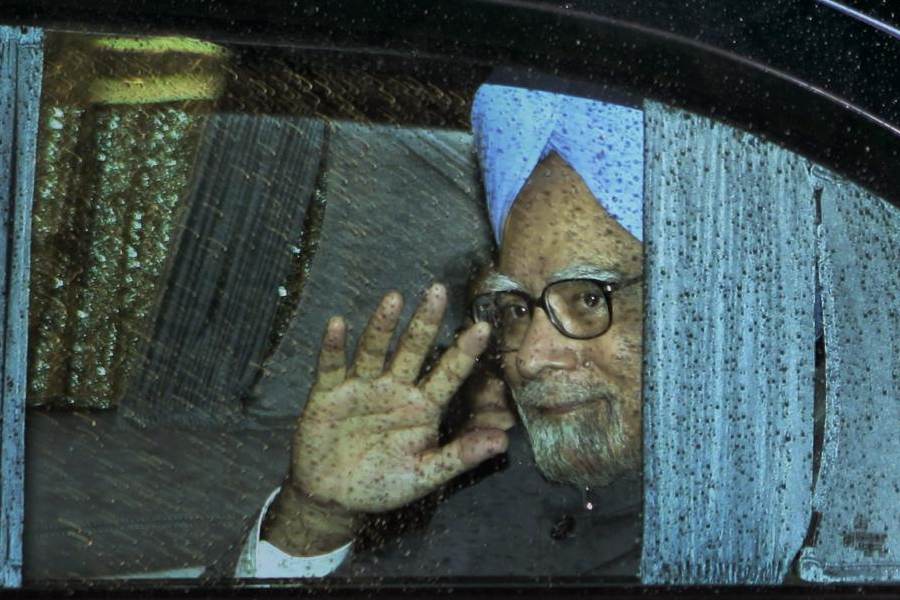The Reserve Bank of India has raised a red flag for the banking industry with an early warning that the stack of bad loans could rise to alarming levels once it starts to roll back the post-pandemic regulatory reliefs that were granted to the sector. In its latest Financial Stability Report, the central bank says that the gross non-performing assets ratio — bad loans as a percentage of total advances — is projected to almost double to 14.8 per cent by September 2021 in a severe stress scenario from 7.5 per cent at the end of September last year. That is bad news for the banking sector, which has operated under the camouflage of a loan moratorium for the six-month period between March 1 and August 31 last year, followed by a standstill period during which banks have been prevented from recognizing fresh bad loans because of a Supreme Court directive. The fear is that once banks start classifying fresh loan impairment, the situation could spin out of control straining their balance sheets and necessitating fresh infusion of capital in the form of equity or perpetual debt to restore capital adequacy buffers. The report says that stress test results indicate that nine banks may fail to meet the minimum capital level by September under a severe stress scenario and four in a baseline scenario.
The RBI is juggling several worries at this point: the pressure to adopt measures to boost growth, contain inflation, handle the expansion in government borrowings, and deal with the over Rs 8 trillion surplus liquidity in the system that has put pressure on short-term yields. Borrowing costs have plummeted to a 16-year low, thereby impacting the profitability of banks. This calls for a subtle balancing act as the monetary policy shifts from a focus on liquidity to growth-reviving measures designed to boost consumption and investment. The central bank needs to mull over ways to boost credit growth, which tumbled to 6.1 per cent as of December 18 last year from 7.1 per cent a year ago. There is one other worry that the central bank has articulated: the growing disconnect between certain segments of the financial markets and the real economy. The stock market has been on steroids lately; if the economy is slow to recover, the stretched valuations could blow up into a crisis with dramatic spillover risks for the entire financial system. India struggled to come out of a crisis in the shadow banking sector in 2019; the last thing it needs is a convulsion in the formal banking sector.











